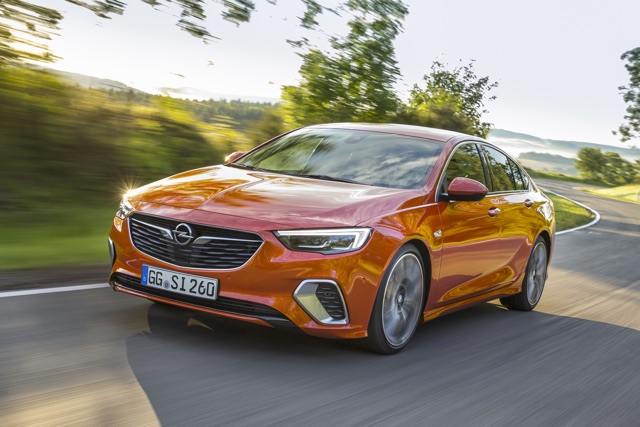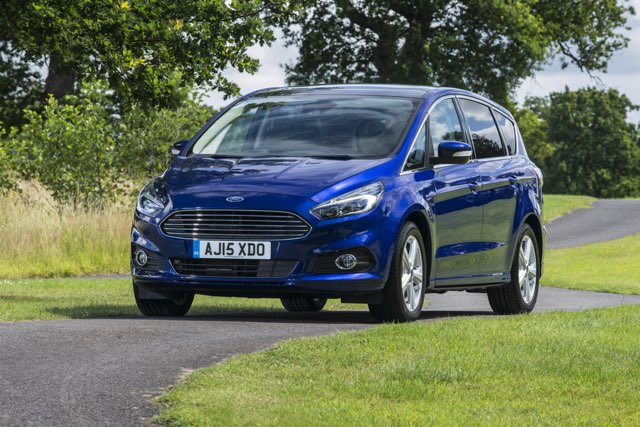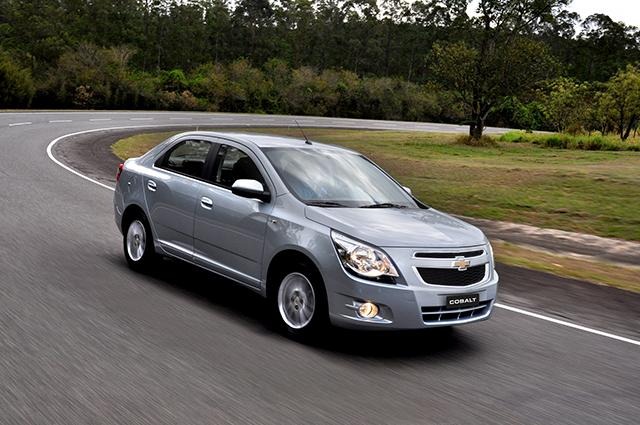Search the Community
Showing results for tags 'restructure'.
-

GM Korea is the Latest Target In the Company's Cost Cutting
William Maley posted an article in General Motors
This past year has seen General Motors not be shy with scaling back operations in various international markets. The company sold off Opel/Vauxhall to PSA Group, ended sales of Chevrolet vehicles in India, and closed down their operations in South Africa. Now, GM's Korea operations are on the choppi... -
This past year has seen General Motors not be shy with scaling back operations in various international markets. The company sold off Opel/Vauxhall to PSA Group, ended sales of Chevrolet vehicles in India, and closed down their operations in South Africa. Now, GM's Korea operations are on the choppi...
-
On Thursday, Opel CEO Michael Lohscheller will be presenting a new restructuring plan for its future under the PSA Group umbrella. Thanks a report from German newspaper Frankfurter Allgemeine Zeitung, we have some idea of what this plan entails. According to the paper, Opel will be cutting down...
-
Ford's European branch has had a tough time with three years of losses and making some drastic changes, including closing three factories back in 2013. But 2015 saw the branch make a $259 million profit. The blue oval wants to continue that with a new restructure strategy. The strategy includes...
-
General Motors is making some major changes in Russia. The automaker announced today that it will withdraw Opel and mainstream Chevrolet models in December, and focus on the premium segment of the Russian market with Cadillac and iconic Chevrolet models (Camaro, Corvette, and Tahoe). “This change i...
- 5 comments
-
General Motors is making some major changes in Russia. The automaker announced today that it will withdraw Opel and mainstream Chevrolet models in December, and focus on the premium segment of the Russian market with Cadillac and iconic Chevrolet models (Camaro, Corvette, and Tahoe). “This change i...






